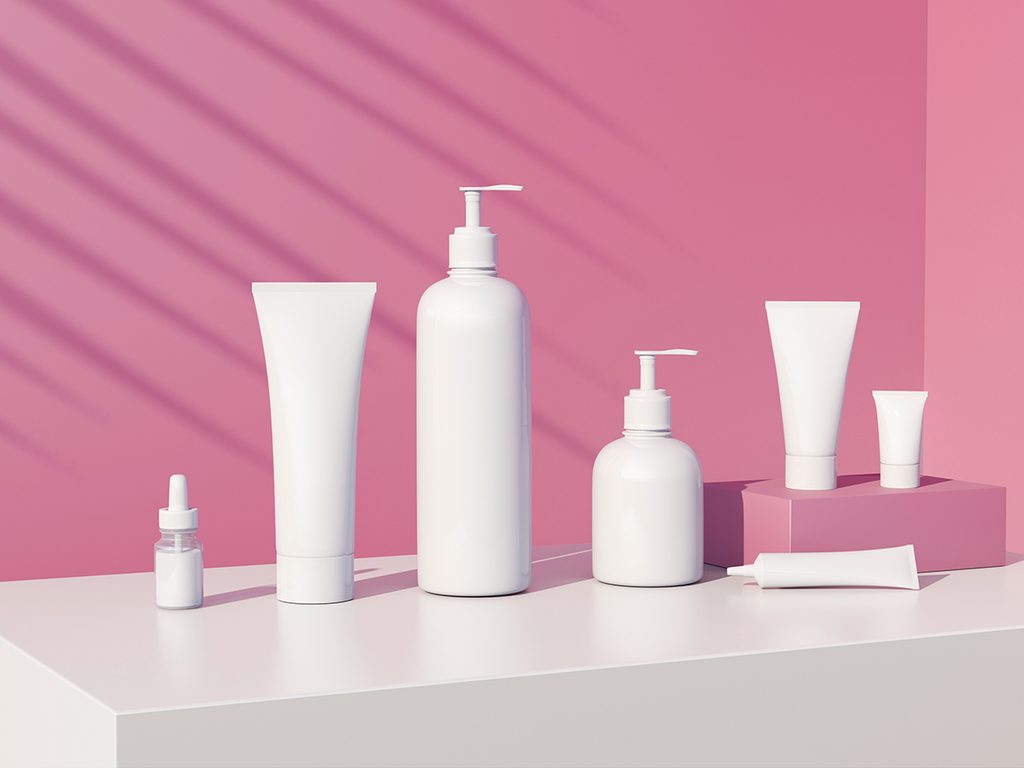The Benefits of a (Seriously) Stripped Down Skin-Care Routine

An expert explains the advantages of a less-is-more approach to skin care
It’s a glorious, sunny morning in Los Angeles, but I wouldn’t know. I’m hiding from the world, because my eyes are swollen shut, and sore red bumps are covering the top half of my face.
I’ve been sporting this new look for two days now. I assumed it was an exaggerated version of an allergic reaction, but antihistamines didn’t alleviate it. So I reach out to my Toronto-based dermatologist who gives me an unexpected diagnosis: It’s inflammation from a moisturizer, due to the humidity in the California air. She recommends I strip back my beauty products to the bare essentials and use only a cleanser and SPF—and my skin clears within a few days.
The experience makes me question my skin-care choices. I do heaps of research when I consider buying a new product—how could I choose the wrong one? Are my other products causing harm, too? Do I really need as many products as I’m using?
A lot of people will add products to their routine that are unnecessary, and without knowing how certain ingredients will interact with their skin, says Martie Gidon, MD and dermatologist at Gidon Aesthetics & MediSpa in Toronto.
Here, Gidon shares how to build a safe, effective and minimal beauty routine.
Stick With High-Quality Essentials
Those 12-step beauty regimens? Not necessary. Gidon says the essential products for skin are a cleanser, moisturiser, sunscreen, antioxidant serum, exfoliant and anti-aging product such as a retinol or glycolic acid. “Different skin types need variations on these products since they are not all the same and the quality of the ingredients varies greatly,” she adds.
Play It Cool
Some products should be used only once or a couple of times a week. It’s tempting to use them more frequently, but that won’t speed up results—instead, it can cause irritation. According to Gidon, the ideal morning beauty routine includes a cleanser, antioxidant serum, moisturizer (if you have dry skin), and sunscreen. In the evening, just cleanser and moisturizer. One to two times a week you can exfoliate, and two nights a week you can apply an anti-aging product, which you can gradually increase frequency when your skin is able to tolerate it.
Read Your Skin
When you try a new product be on the lookout for signs of inflammation—like swollen eyes, dryness, and a rash. “Give your skin a rest from products that could be causing the inflammation,” says Gidon. “Heat and humidity, stress, and too much exfoliation could cause inflammation that would not occur in cooler weather and a no-stress situation.” If you catch the inflammation too late, it could take weeks to clear.
Changing Climates Might Mean a Change to Your Routine
“Cold weather dries skin; warm humid weather helps skin stay moister,” says Gidon. The lesson I learned: If you’re using a heavy moisturizer in a cold or dry climate (like Toronto), you may need to swap it for a lighter option in a hotter or wetter climate (like Los Angeles).
Don’t Be Wooed
Many products have acquired cult followings, but that doesn’t mean they work for everyone’s skin type. Gidon advises against the trial-and-error method of choosing products, especially when it comes to building your skin-care line-up. “Using the incorrect mix of products could be too irritating or they could inactivate each other,” she says. To make sure you’re using the best products for your skin type and using them correctly (for instance, not layering ingredients that shouldn’t be mixed), Gidon suggests seeking expert advice. “A cosmetic dermatologist can analyze skin to determine which products are best for an individual,” she says.
Next: Do You Use a Lash or Brow Serum? Beware of These Side Effects




